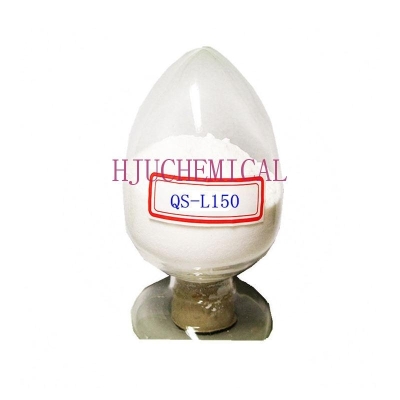-
Categories
-
Pharmaceutical Intermediates
-
Active Pharmaceutical Ingredients
-
Food Additives
- Industrial Coatings
- Agrochemicals
- Dyes and Pigments
- Surfactant
- Flavors and Fragrances
- Chemical Reagents
- Catalyst and Auxiliary
- Natural Products
- Inorganic Chemistry
-
Organic Chemistry
-
Biochemical Engineering
- Analytical Chemistry
-
Cosmetic Ingredient
- Water Treatment Chemical
-
Pharmaceutical Intermediates
Promotion
ECHEMI Mall
Wholesale
Weekly Price
Exhibition
News
-
Trade Service
The Rheticus joint research project aims to convert carbon dioxide and water into high-value specialty chemicals using electricity produced from renewable sources and bacter.
A few days ago, Evonik Industries and Siemens jointly announced the second phase of their joint research project Rhetic.
A high-efficiency pilot plant will be built to convert carbon dioxide and water into specialty chemicals using electricity and bacteria produced from renewable energy sourc.
Previously, the two companies spent two years verifying the technical feasibility of artificial photosynthesis using bioreactors and electrolyzers, and successfully completed the first phase of related wo.
Currently, Evonik and Siemens are building a test facility consisting of bioreactors and electrolyzers at the Evonik Marr site in Germa.
"The innovative technology of the Rheticus project promises to contribute to the successful transformation of the German energy system," said .
"We are developing a flexible system that can deal with various issues in the energy transition process," says Karl-Josef Kuhn, head of Power2X research at Sieme.
The pilot facility, consisting of an electrolyzer and bioreactor, is expected to be operational in early 202 The first step in the reaction is in an electrolyzer, which uses electricity to convert carbon dioxide and water into carbon monoxide and hydrog.
To achieve the above process, Siemens and Evonik have contributed their core technical capabilities, namely electrolysis and biotechnology, respective.
Another advantage of the Rheticus project is that the technology platform uses carbon dioxide as a raw material, helping to reduce carbon dioxide levels in the atmosphe.
The synthesis module was launched at Evonik in spring 201 At its heart is an 8-meter-tall stainless steel bioreactor with a capacity of 2,000 lite.
In the coming months, the two parties will complete the integration of the electrolyzer and bioreact.
Inside the pilot facility, the bacteria will produce butanol and hexanol for follow-up studi.
Upon completion of the second phase of the Rheticus project, Evonik and Siemens will have a unique technology platform utilizing flexible modules







